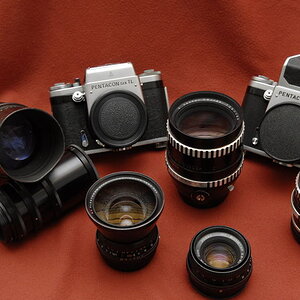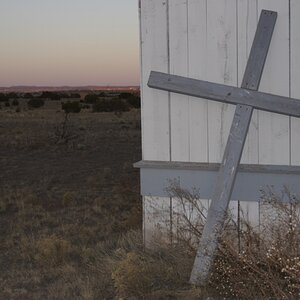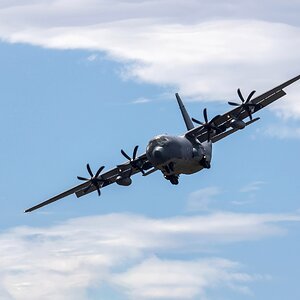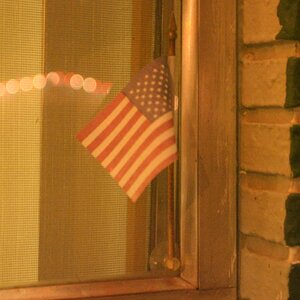DannyLewis
TPF Noob!
- Joined
- Jul 29, 2012
- Messages
- 434
- Reaction score
- 61
- Can others edit my Photos
- Photos NOT OK to edit
I bought a 77mm UV filter off of ebay and recieved a CPL and an ND4 filter. What is the primary puspose of the ND4?
I did notify the seller he said keep them since I buy alot from him.
I did notify the seller he said keep them since I buy alot from him.





![[No title]](/data/xfmg/thumbnail/42/42020-6dbbc2fb244014aa89adfe2ccf067af7.jpg?1619739979)
![[No title]](/data/xfmg/thumbnail/37/37604-7ad625e983f92f880eb65a264eeef5e4.jpg?1619738148)

![[No title]](/data/xfmg/thumbnail/37/37606-3c9ffb5906173fa2aa489341967e1468.jpg?1619738148)

![[No title]](/data/xfmg/thumbnail/42/42019-e6f4e7422d2f8ec66dade714c8b21766.jpg?1619739979)
![[No title]](/data/xfmg/thumbnail/42/42021-ffc326f5dc5b4c65ce53935e6e9e4338.jpg?1619739980)

![[No title]](/data/xfmg/thumbnail/37/37490-9848752f4de5e403f7f20db193e0fb64.jpg?1619738111)